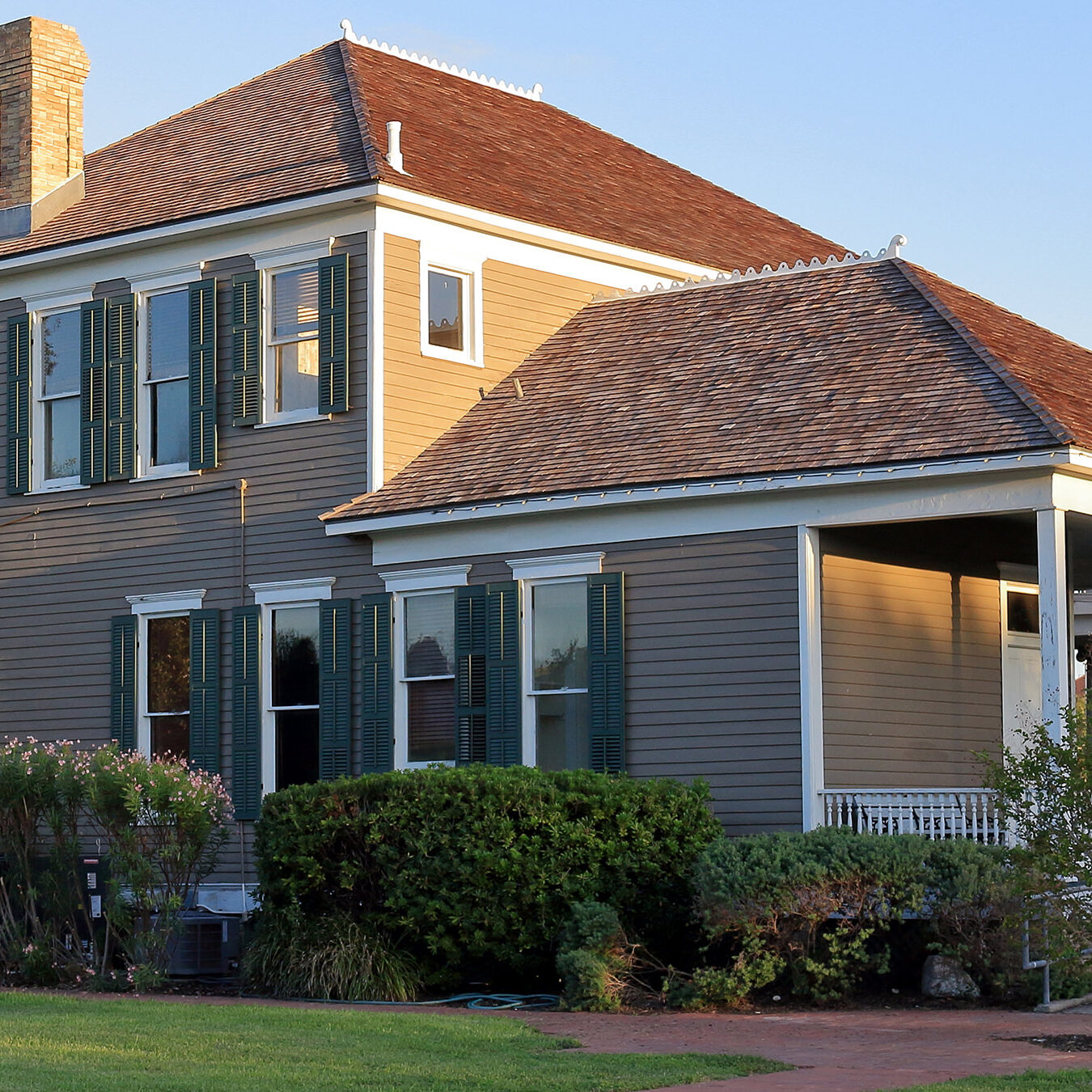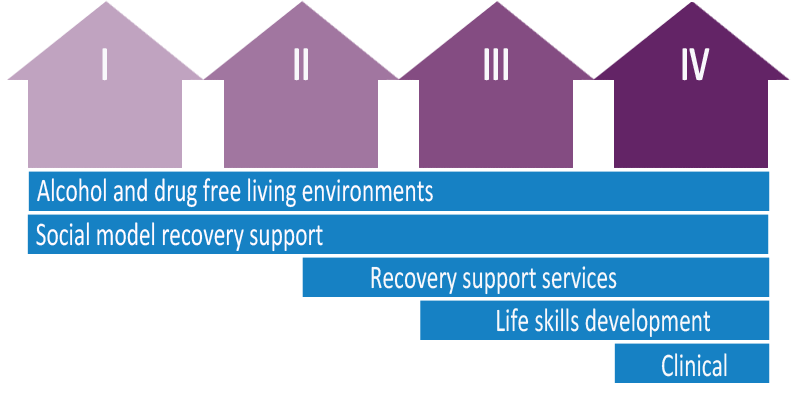What is a recovery residence?
Recovery housing is a family-like, shared living environment free from alcohol and illicit drug use and centered on peer support and connection to services that promote sustained recovery from substance use disorders. They go by different names (Oxford House ™, sober home, sober living, halfway house, etc.), and their history can be traced back to the mid-1800s1.
Today, they can be found across the United States2 and other countries3. The National Alliance for Recovery Residences (NARR) has established national best practice standards and a certification program, which owner-operators can use as a roadmap (see NARRonline.org).
All recovery homes are founded on social model recovery, but beyond that, they can differ in the type and intensity of services they provide and can differ in their staffing or governance. This diversity creates a spectrum of options that cost effectively matches individual’s evolving needs with a level of support.

Levels of Support
The National Alliance for Recovery Residences has identified four general types, known as Levels of Support.
All provide an environment free of alcohol and illicit drug use and are founded on social model recovery principles, but differ in bundled services as well as staffing and governance.
